Webinar
What is a Webinar?
A webinar is an online seminar or presentation conducted over the internet, allowing participants to join remotely from anywhere in the world. Webinars are typically used for educational, training, or marketing purposes and often include features such as live video, slides, chat, Q&A sessions, and interactive polls. They provide a platform for sharing information, demonstrating products, and engaging with an audience in real-time.
Why is a Webinar Important?
Webinars are important because they offer a convenient and cost-effective way to reach and engage with a large audience. They provide opportunities for real-time interaction, feedback, and discussion, enhancing the learning and engagement experience. Webinars are also valuable for lead generation, as they allow businesses to capture participant information and follow up with targeted marketing efforts. Additionally, webinars can establish thought leadership, build brand authority, and foster community by sharing valuable insights and expertise.
Best Practices for Hosting a Webinar
1. Define Your Goals
Clearly define your webinar goals and objectives. Determine what you want to achieve, such as educating your audience, generating leads, or promoting a product. Clear goals guide your planning and execution.
2. Choose the Right Platform
Select a reliable webinar platform that offers the features and capabilities you need. Popular platforms include Zoom, GoToWebinar, Webex, and Microsoft Teams. Ensure that the platform supports your audience size, interactive features, and technical requirements.
3. Plan Your Content
Plan your webinar content by creating an outline and slides. Include key messages, visuals, and interactive elements such as polls and Q&A sessions. Well-planned content ensures a smooth and engaging presentation.
4. Promote Your Webinar
Promote your webinar through various channels, such as email marketing, social media, and your website. Use compelling headlines, clear descriptions, and calls to action to attract participants. Promote early and often to maximize registration.
5. Engage Your Audience
Engage your audience during the webinar by using interactive features, such as polls, chat, and Q&A sessions. Encourage participation and respond to questions and comments. Engagement keeps your audience interested and involved.
6. Practice and Test
Practice your webinar presentation and test your equipment and technology beforehand. Ensure that your internet connection, audio, video, and slides are working properly. Practice helps you deliver a confident and professional presentation.
7. Provide Value
Focus on providing valuable and relevant information to your audience. Address their needs, interests, and questions. Valuable content builds trust and keeps your audience engaged.
8. Record and Share
Record your webinar and share the recording with participants who couldn't attend live. Post the recording on your website, social media, and email follow-ups. Sharing the recording extends the reach and impact of your webinar.
9. Follow Up
Follow up with participants after the webinar with thank-you emails, additional resources, and calls to action. Use the opportunity to nurture leads, answer questions, and continue the conversation. Follow-up enhances engagement and conversion.
10. Analyze Performance
Use analytics tools to monitor and analyze the performance of your webinar. Track key metrics such as registration, attendance, engagement, and feedback. Analyzing performance data helps identify areas for improvement and optimize future webinars.
By following these best practices, you can host successful webinars that engage your audience, provide valuable information, and achieve your marketing and business goals.
For more terms, return to the content marketing glossary and freelance writing glossary.

